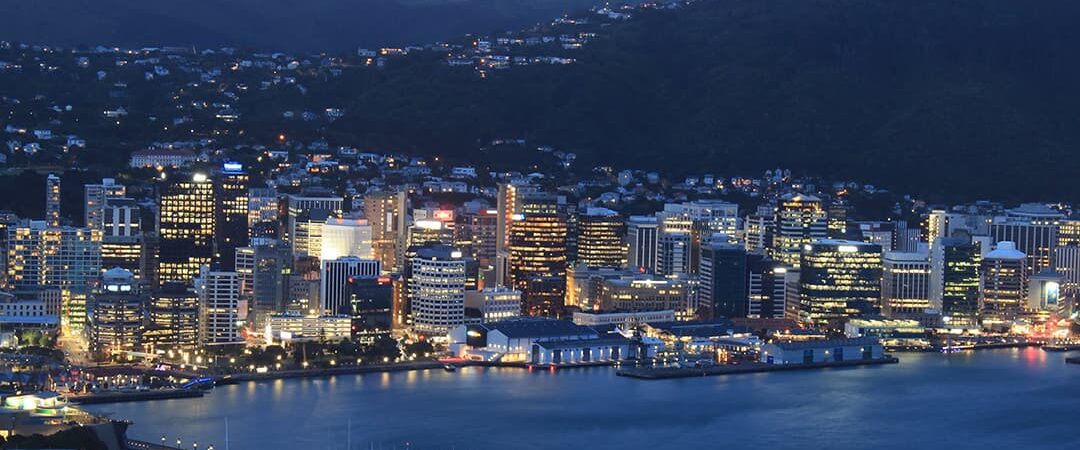The area now covered by the city was originally the site of several Māori (kainga) villages, including Te Parapara, Pukete, Miropiko and Kirikiriroa (‘long stretch of gravel’), from which the city derives its Māori name. Local Māori were the target of Ngapuhi raids during the Musket Wars, and several pa monuments from this period can still be found near the Waikato River.In December 2011, several rua or food storage pits were discovered near the bank of the Waikato River, not far from the Waikato Museum.
In 1822, Kirikiriroa Pa was briefly abandoned to avoid musket wars. By the 1830s, however, Kirikiriroa Pa was the main Ngati Wairere, where missionaries arriving at the time estimated that there were 200 permanent residents. A chapel and house were built at Kirikiriroa for visiting clergy, presumably after Benjamin Ashwell established his mission near Taupiri.
Between 1845 and 1855 crops such as wheat, fruit and potatoes were exported to Auckland, with Kirikiriroa serving up to 50 canoes. Imports included blankets, clothing, axes, sugar, rum and tobacco. Millstones were purchased and a waterwheel built, although the mill may not have been completed. However, one article stated that Kirikiriroa flour was well known.
Judge Gorst estimated that the population of Kirikiriroa was about 78 before the invasion of Waikato as a result of the Waikato Wars of 1863-1864. The government estimated that there were 3,400 Māori people living in the Waikato area at the same time. After the Waikato Wars, large tracts of land (1.2 million acres), including the area of the present town of Hamilton, were unjustly confiscated by the Crown under the New Zealand Settlement Act 1863. By the time British settlers arrived after 1863, most of these villages had been abandoned as a result of the land confiscation, also known as Raupatu. Following the Waikato invasion and the confiscation of seized land, settler militias were recruited in Melbourne and Sydney. On August 10, 1864, the government issued a tender for the construction of 10 huts and a hospital at Kirikiriroa. Hamilton was settled by the 4th Waikato Militia Regiment. The 1st Regiment was stationed at Tauranga, the 2nd at Pirongia, the 3rd at Cambridge and the 4th at Kirikiriroa. The settlement was established on August 24, 1864. Many soldiers/settlers who intended to farm after the War of 1863 abandoned their land in 1868 due to its poor quality. Much of the land was swamped or under water. In 1868, Hamilton’s population, which had been about 1,000 in 1864, was reduced to 300 as farmers left. On December 22, 1875, the first brickyard opened in Hamilton.
A road from Auckland reached Hamilton in 1867 and the railroad reached Hamilton in December 1877. In the same month, the cities of Hamilton West and Hamilton East united under a single city council. The first transportation bridge between Hamilton West and Hamilton East, known as the Union Bridge, opened in 1879. It was replaced by the Victoria Bridge in 1910.
The first railroad bridge, the Claudelands Bridge, opened in 1884. It was converted to a highway bridge in 1965. Hamilton reached 1,000 people in 1900, and the city of Frankton merged with Hamilton Borough in 1917. Between 1912 and 1936 Hamilton expanded with new land at Claudelands (1912), Maeroa (1925) and Richmond – modern Waikato Hospital and North Melville (1936). Hamilton was proclaimed a city in 1945.
The Te Rapa and Pukete areas were important locations for the kauri trade in the late 19th and early 20th centuries, being some of the southernmost places where chewing gum could be found.
The town is close to the southernmost navigable section (for settlers’ steam boats) of the Waikato River, amongst New Zealand’s richest and now fertile farmland, which was once mainly Raupo and Kahikatea swamps. Beale Cottage is an 1872 landmark in Hamilton East.
Hamilton today
Central Hamilton on the Waikato River is a busy shopping area. The entertainment area is quite lively due to the large student population. Lonely Planet’s 2008 guidebook states that “the city’s main street has grown to be home to a number of sophisticated and lively bars and eateries that, at least on weekends, leave the Auckland Harbour Viaduct to die in drunken revelry.” Many of the city’s venues and attractions are located in the city’s Old Belt, including Hamilton Gardens, Waikato Stadium, Seddon Park and the Hamilton Lake neighborhood.
Hamilton’s rapid growth has brought with it the side effects of urban sprawl, particularly to the northeast of the city in the Rototun area. Further development is planned in the suburbs of Rototun and Peacock. There has been significant residential development adjacent to the Hamilton urban area, particularly Tamakhere and Matangi.
